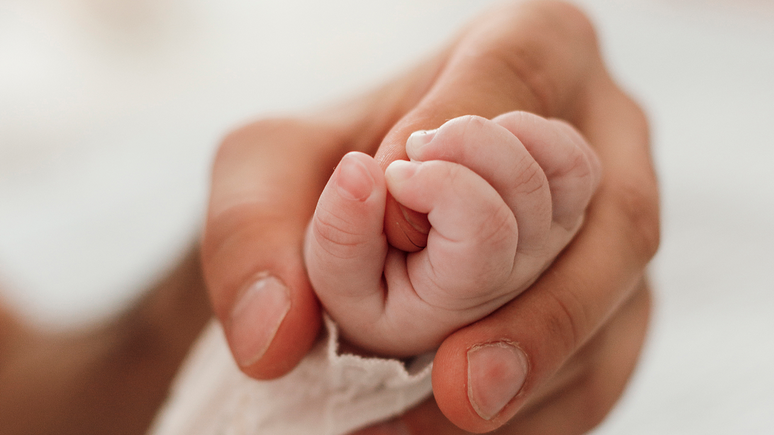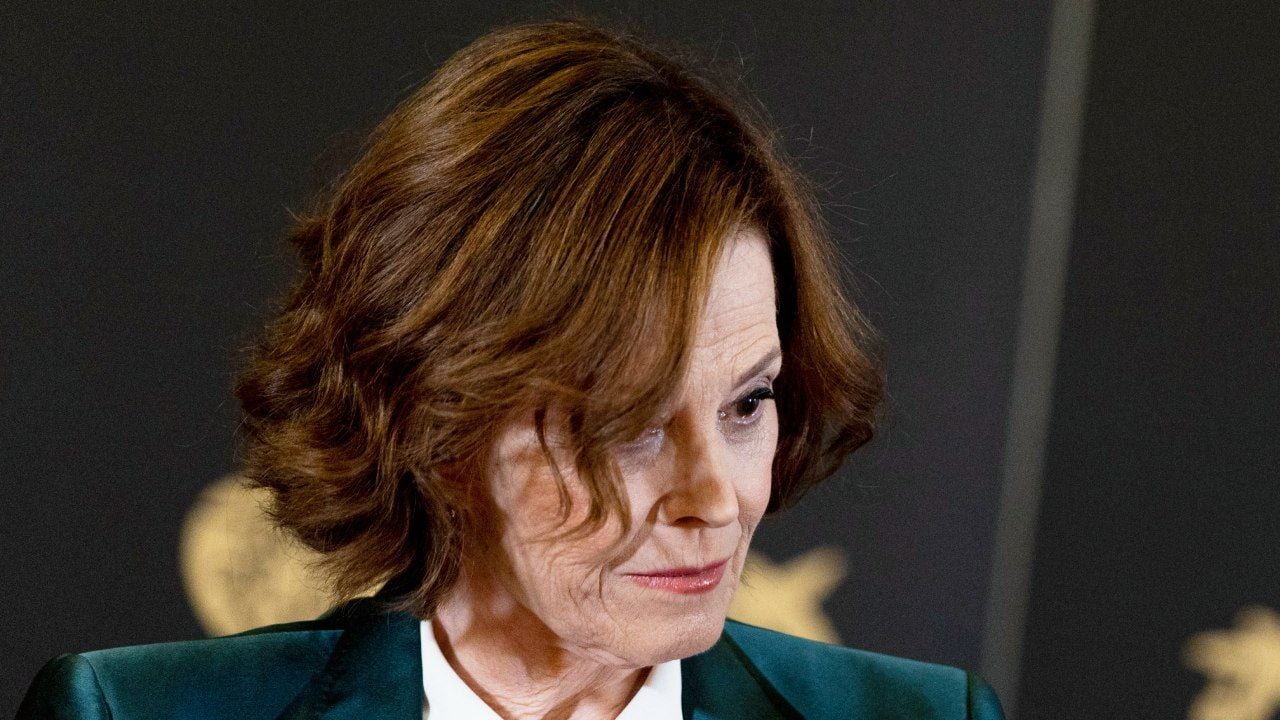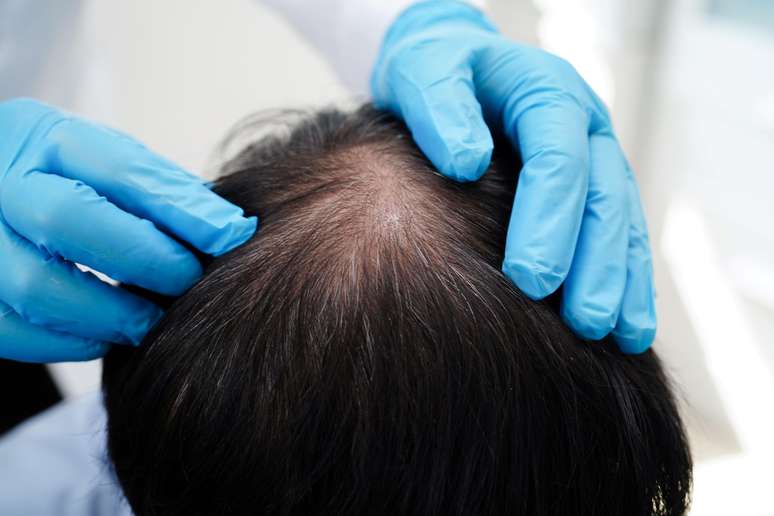Duchenne muscle dystrophy, also known as DMD, is a rare and serious condition, characterized by progressive muscle weakness.
Duchenne muscle dystrophy, also known as DMD, is a rare and serious condition, characterized by progressive muscle weakness.
Duchenne muscle dystrophy is a serious illness without a cure, which leads to progressive muscle weakness, and therefore can influence the movement of the body, breathing and cardiac function, which can lead to premature death.
Ana Lúcia Langer, Pediatrician, a member of the Technical Committee of the Distrophy Brazil Alliance (ADB), who represents people with DMD in Brazil, then clarifies some of the main myths and truths on the condition.
“Duchenne muscle dystrophy is a rare genetic disease”
REAL. The DMD is caused by mutations in the gene that provide instructions for the production of dystrophin protein, essential for muscle health. Currently, it is estimated that the DMD affects about 1 individual in the world every 3,800 to 6,300 living males born. In Brazil, there are about 200-300 new patients every year.4 According to the Ministry of Health, a disease is considered rare when it affects up to 65 people per 100,000 people, thus configuring the DMD as a rare disease.
“The signs of the disease still appear in early childhood”
REAL. The first signs usually appear between 2 and 5 years of age, manifesting on motor difficulties such as the delay in the milestones of motor development, the difficulty in running and climbing the stairs, frequent falls, increase in calves, walking and early fatigue. Subsequently, between 8 and 12 years, there is the loss of independent walking capacity. After the loss of March, in addition to becoming an employee wheelchair, the individual may have cardiac and respiratory complications inherent in the disease5.
“The DMD can be considered a syndrome”
Myth. DMD is a specific genetic disease caused by gene mutations that codes for the protein of the dystrophin, essential for the integrity of muscle fiber. Therefore, the DMD is considered a monogenic disease, that is, it derives from a change in a single gene, which differentiates it from a syndrome6.
It is worth remembering that “syndrome” is a series of signs and symptoms observable in various pathological processes and without specific cause, such as Down syndrome, which is caused by the presence of an extra copy chromosome 21, which brings together many genes and is characterized by the delay of physical and mental development, the head and face with specific traits and often short statures.7.
“There is a duchenne muscle dystrophy vaccine”
Myth. Currently, there are no vaccines to prevent or treat DMD. Vaccines stimulate the defense of the body against some microorganisms (viruses and bacteria) that cause diseases such as Covid-19 and influence.8 DMD is a genetic disease, therefore it is not caused by the infection of microorganisms. Gene therapy approved for the treatment of DMD patients from 4 to 7 years that can walk is the intravenous infusion of a viral carrier that transports the micro -clining gene (a reduced version of the disguise gene) to muscle cells, aiming to produce a functional protein (micro -clinical) that acts similar to the disaster. After infusion of gene therapy, the patient should continue to be accompanied by health professionals and maintain the treatments recommended by the doctor.
Although the genical therapy mechanism uses an inactivated virus, the role of the virus in gene therapy is to transport the carrier with the micro -piston gene on the patient’s cells can produce protein.
Vaccines aim to activate people’s immune system to protect possible infections such as Covid virus, influence, etc.
“Follow -up multidisciplinary is essential for the best quality of life of the patient”
REAL. Even with the progress of science, the multidisciplinary approach will continue to play an extremely significant role in maintaining the strength, autonomy and quality of life of patients9. Some examples of necessary interventions are: keep the following with the experts, continue rehabilitation with the physiotherapists, guarantee the follow -up, execute consultations Periodical with cardiologists and lungs for monitoring cardiac and respiratory complications.
“There is a cure for Duchenne muscle dystrophy”
Myth. There is still no cure for DMD, but there are treatments that help to slow down the progression of the disease and improve the quality of life. The treatment options currently available include the use of corticosteroids, motor and respiratory rehabilitation and drugs that act directly on the cause of the disease, which is the bankruptcy in the production of functional dystrophin protein. These drugs are made up of gene therapies, which can act in specific mutations of the dystopine gene, increasing or promoting the production of functional dystrophin, or viral vectors that bring the DNA sequence to produce a reduced and functional form of dystopy (called micro -micodistrofine or ministerfine), which aims to preserve, albeit in part, muscle capacity.
It is important to note that, even with the treatment, the condition is still existing and the patient and the family must maintain all the treatments that involve the DMD and live with the disease for life. Therefore, like other chronic diseases, it is important that the patient and family always warn the health workers with whom they had contacts on the condition of the person with DMD.
The Brazil Dyrophy Alliance has developed a specific medical notice for people with Duchenne muscle dystrophy available online. For more information or clarifications, ADB can be contacted through the communication channels available on the website: www.drolofrabrasil.org.br
References
1. Ryder S, Leadley RM, Armstrong N, et al. The burden, epidemiology, costs and treatment for Duchenne muscle dystrophy: a revision of the tests. Orphanet j rare dis. 2017; 12:79.
2. Han s, xu h, zheng j, et al. Detection of the Duchenne muscle bearer at the population level through CK and molecular tests. Biomed Res int. 2020; 2020: 8396429.
3 J Med Genet. 2016; 53: 145-151.
4 Consent on the diagnosis, treatment and follow-up of patients with Duchenne muscle dystrophy. Neurology, vol. 34, n. 7, pp. 469-481, 2019, Doi: 10.1016/J.NRL.2018.01.001.
5 Brazilian consensus on Duchenne muscle dystrophy. Part 2: Rehabilitation and systemic care. Arq Neuropsychic. 2018 LUG; 76 (7): 481-489. DOI: 10.1590/0004-282×20180062. Erratum in: Arq Neuropsychic. 2018 October; 76 (10): 1. Doi: 10.1590/0004-282x20180062err. PMID: 30066800.
6. Batti Angulski A, Hosny n, Cohen h, Martin AA, Hahn D, Bauer J, Metzger JM. Duchenne muscle dystrophy: disease mechanism and therapeutic strategies. Front physiol. 2023 June 26; 14: 1183101. DOI: 10.3389/FPHYS.2023.1183101. PMID: 37435300; PMCID: PMC10330733.
7
8. Immunization – Paho/Who | Panamericana health organization. Available on:
9. Eleveridys – Bull for Health Professionals – Available on:
10 Long -term safety and functional results of the gene therapy Delandistrogestrogavec in patients with shower muscle dystrophy: a non -randomized phase 1/2a study. Muscle nerve. 2024 January; 69 (1): 93-98. DOI: 10,1002/Mus.27955. Epub 2023 August 14. PMID: 37577753.
Source: Terra
Ben Stock is a lifestyle journalist and author at Gossipify. He writes about topics such as health, wellness, travel, food and home decor. He provides practical advice and inspiration to improve well-being, keeps readers up to date with latest lifestyle news and trends, known for his engaging writing style, in-depth analysis and unique perspectives.









